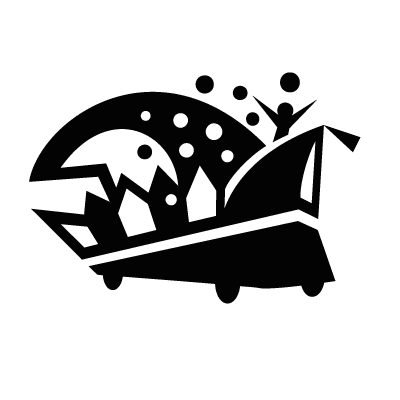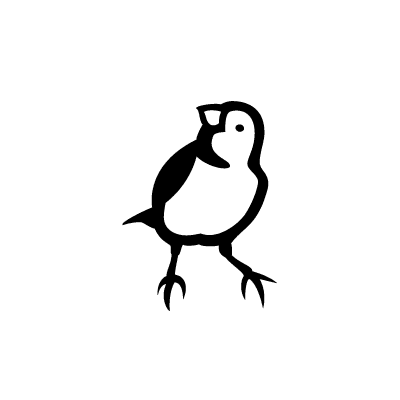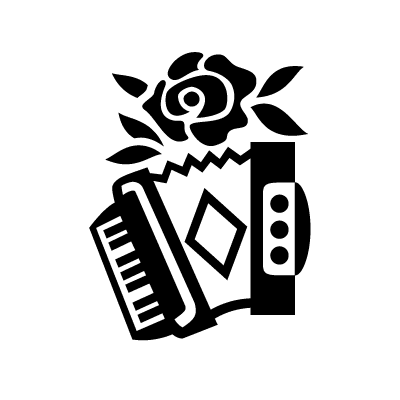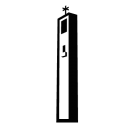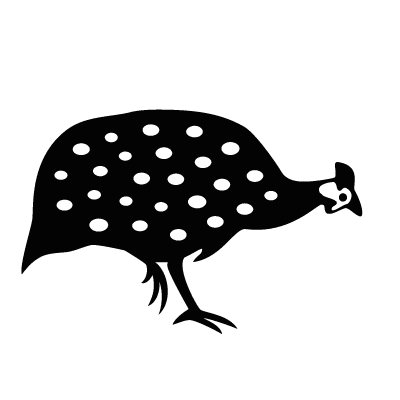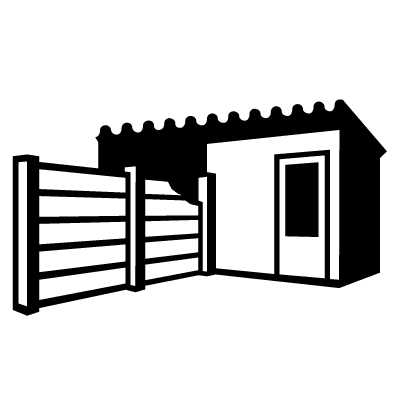Pictogrammen
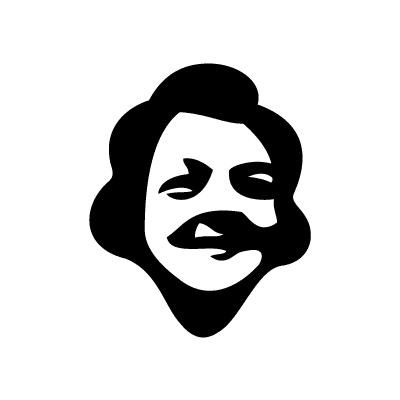
Ans
Ans is a fictional character and a symbol for the TilburgsAns typeface. She’s humorous, joyful, open minded, direct, never out of fashion and the best friend that a sans serif city could have.
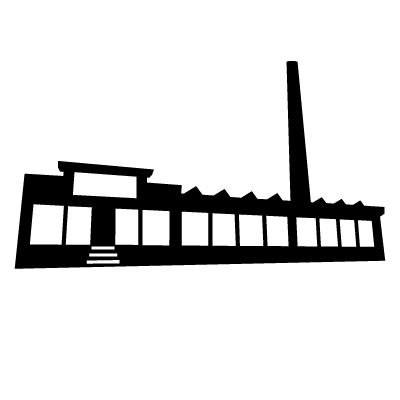
AaBe fabriek
A well known factory located at the Fatimastraat and established in 1929, where once woolen blankets were made. It was closed in 2008 and rebuilt as a shopping center. Further information and more
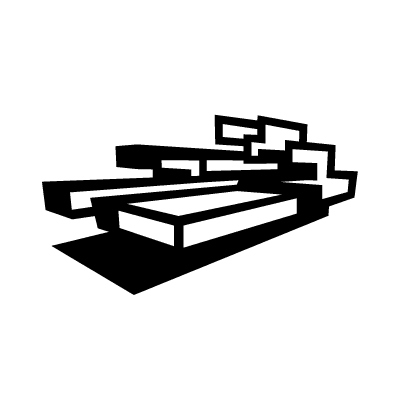
Beljonfontein
Foutain designed by the artist Joop Beljon, built in 1972 at the Willemsplein in front of the palace. Further information

Bels Lijntje
Het Bels lijntje is an old railway track between Tilburg and Turnhout, Belgium. In 1993 the rails were replaced by asphalt, turning the track into a bicycle path. Further information

Bet Kolen
This is one of the oldest pubs in Tilburg, named after the founder Mrs. Bet Kolen. The pub is located at the Broekhovenseweg and it’s the home of about 70 guilds and clubs. Further information
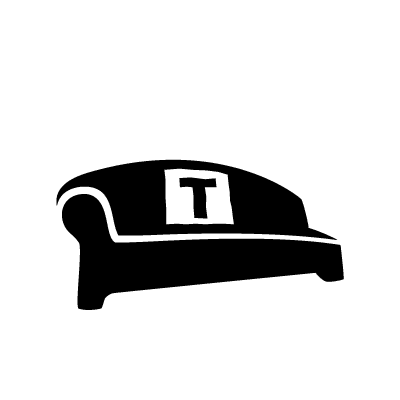
bèngske
The Social Sofa project was started by Karin Bruers. Mosaic covered seats are positioned all over the city, stimulating social interaction among local residents. Further information
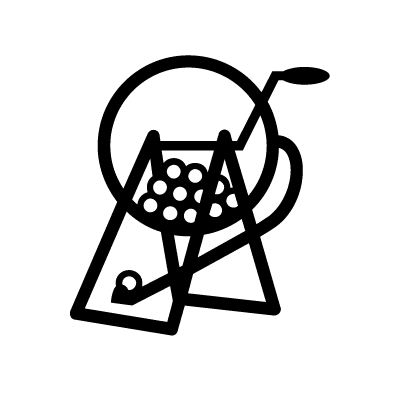
bingo
Bingo is a very popular game in Tilburg. There's even a pub called 'D’n Bingo’ in the Radiostraat where almost daily the balls are rolling. Further information

Boeken rond het Paleis
‘Boeken rond het Paleis’ (Books around the Palace) is the biggest annual book fair in the south of the Netherlands. Further information
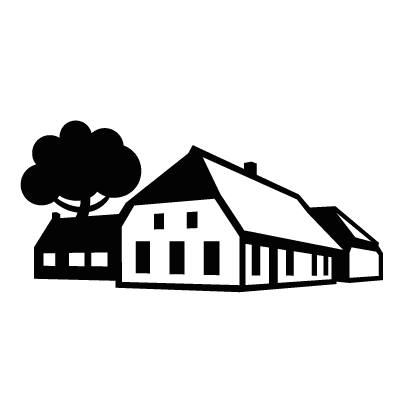
Boerderij Denissen
Boerderij Denissen is a farm that was built in 1875 bij de family Bertens. From 1919 until 1968 the family Denissen was working and living here. Then it became the cultural centre of the village Berkel-Enschot. Nowadays it is a restaurant and party centre. Further information
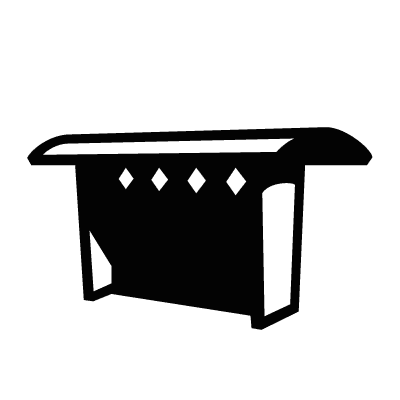
bushokje
A bus shelter made form concrete at the Eindhovenseweg near Koningshoeven abbey. Local monument.
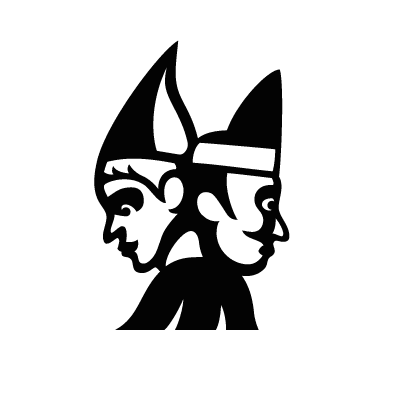
Caecilia Willibrordus
CCaecilia and Willibrordus are the saints of the parishes of Enschot and Berkel, two villages that were joined as Berkel-Enschot and later became part of Tilburg. Every now and then a giant two faced puppet is present at popular events as a symbol of the Berkel and Enschot community. Further information / and more
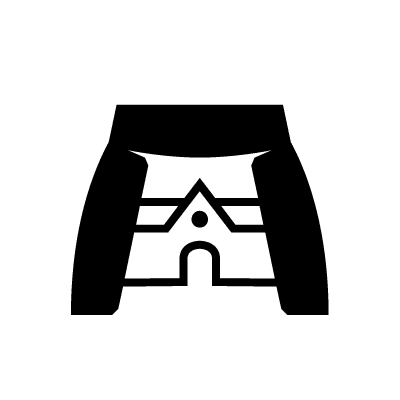
Carré
A former hospital that's now owned by the Ateliers Foundation and houses workshops of artists, crafts men and musicians. The courtyard is marked by an art work designed by Niko de Wit. Further information and more
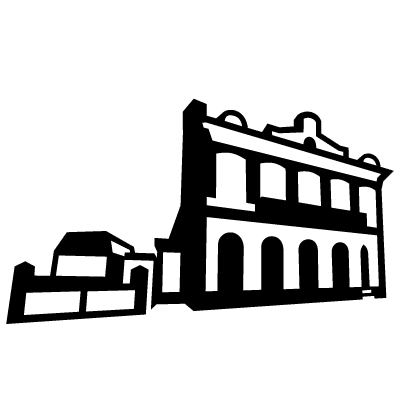
Cinecitta
The oldest building in the Netherlands that has continually been in use as a cinema.In 2016 Cinecitta celebrated her 100th anniversary. It's the place to be for lovers of art house films. Further information

Coba Pulskens
Coba Pulskens was a woman who gave shelter to many Jewish people and pilots from the allied forces during the second World War in het house at the Diepenstraat. She was arrested and killed on March 17, 1945 in the Ravensbrück concentration camp. Further information
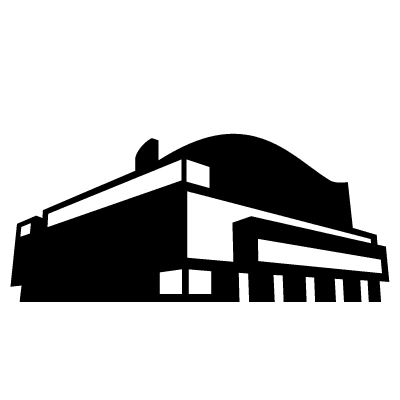
Concertzaal
The Concertzaal is the music hall of Theaters Tilburg. It's part of the Kunstcluster complex that also includes the Fontys School of Arts. Almost daily concerts take place at the Concertzaal, ranging from classical music to modern jazz. Further information
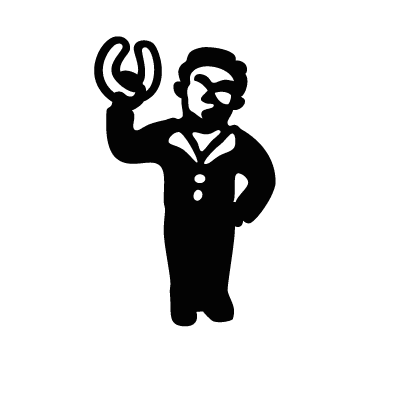
De Gouden Worst
'De Gouden Worst' (The Golden Saucage) is a two meters high art work by Albert Goederond, made in 1997 for a roundabout in the neighbourhood De Blaak. Shortly after the placement, it was ruined and no attempt was made to recover it. But based on a scale model that is lodged with a friend of the artist – with a shiny polished saucage – the statue gets a second life after 22 years as an icon in TilburgsAns. Further information
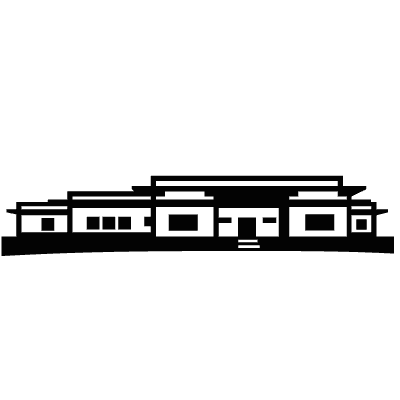
De Lange Akker
De Lange Akker (the long field) was built in 1920 following a design of F.A. Warners, inspired by the architecture of Frank Lloyd Wright. From 1966 the buildign was used as a health care center and later as an office building. Between 2016 and 2018 the complex was turned into luxurious appartments. Further information
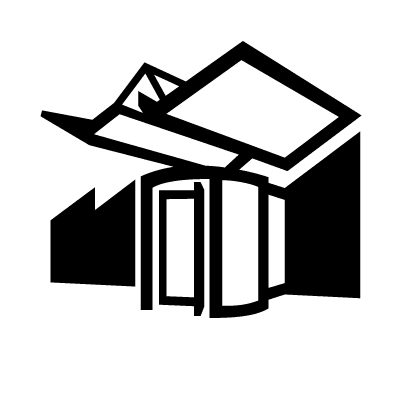
De Pont
De Pont is one of the most famous museums of modern art in the Netherlands. It is housed in an old textile factory. Further information

Den Ophef
Den Ophef is a sturdy bridge designed by John Körmeling, a Dutch sculptor and architect, and was built in 2013. The counter weight is made of glass, and since 2016, has been utilized as an exposition space. The first exhibition was dedicated to TilburgsAns. Further information
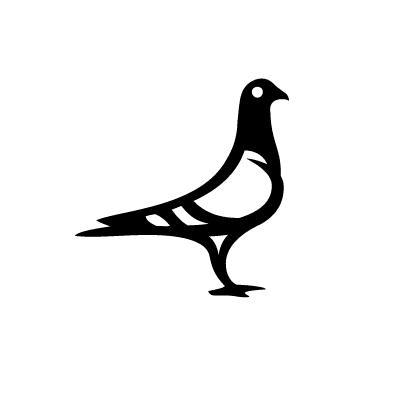
dèùf
Tilburg’s traditional dialect has its own orthography, using many accents. An example is the word ‘dèùf’ (instead of the Dutch ‘duif’), which means pigeon. Further information / and more / and more

Dongevallei
The Dongevallei is a nature reserve that crosses the Reeshof suburb. Many wild animals live here, among them the ferocious-looking Scottish highlander. Further information

Draaiend Huis
This rotating house is an art piece, designed on a roundabout by John Körmeling, a Dutch sculptor and architect. It was built in 2008, and is one of the most outstanding roundabout installations in the Netherlands. Further information
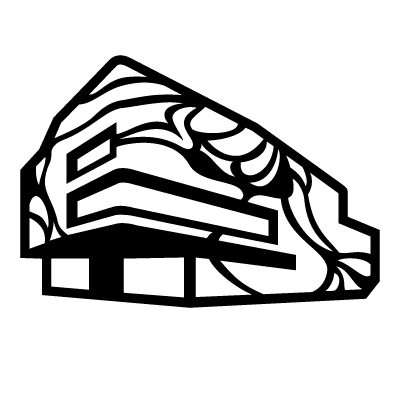
Drieburcht
A sports complex located at the Wagnerplein in teh north of Tilburg. It was designed by Venhoeven CS Architects and opened in 2014. The painting ‘Hybrid Skin’ on the outside was made by the artist Jean-Luc Moerman. Further information and more and more
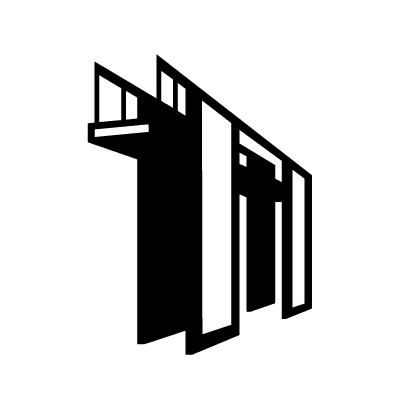
duikplank
‘Duikplank’ (diving board) is the nickname of the artwork made by HansHan Roebers in 1986 and located at the crossing of the Heuvelring and the Spoorlaan. Further information
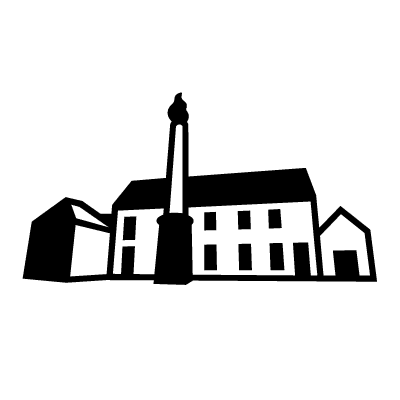
Duvelhok
This building (from 1862) was originally a cotton factory. In 1911 it became part of the BeKa textile factory where wool was extricated, a process called ‘duvelen’. From 1992 till 2004 it was a workshop for art education. The building was renovated in 2016 and now is a center for social and cultural activities. Further information

D'n Beitel
Nickname of the football player John Feskens, who became famous playing for the Willem II soccer club. Further information and more

Factorium
Factorium is the center for educational courses in music, dance, musical and theatre. The building was designed by Atelier PRO and opened in 2010. Further information and more
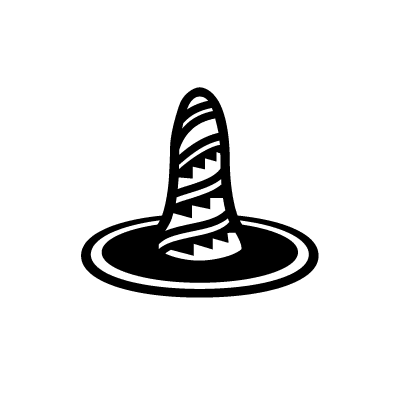
fallusrotonde
‘Fallusrotonde’ (fallus roundabout) is the nickname for this art work by Marius Boender at the Kreitemolenstraat in Udenhout. Further information and more
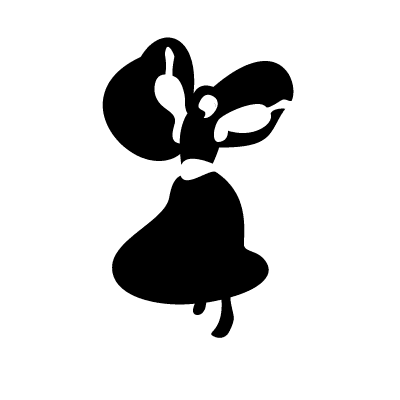
Gipsyfestival
During the annual Gipsy Festival, the culture of Roma and Sinti is celebrated with music, dance, food and lectures. Further information
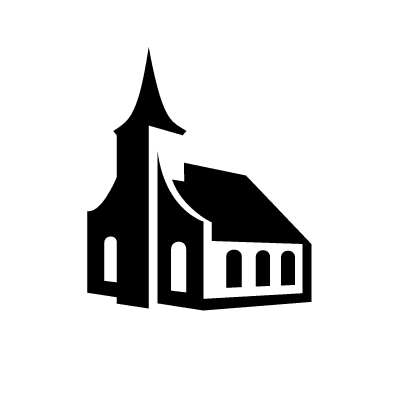
Hasseltse kapel
The Hasseltse kapel is the oldest religious building in Tilburg, believed to be built in 1536, and dedicated to the Virgin Mary. Further information

Heikese kerk
The church at Heike is dedicated to Saint Dionysius. It was opened in 1892, and designed by architects J. Backx and T.W. Conrad. The mediaeval church that was originally located at this spot was burned down during the Eighty Years’ War. Further information
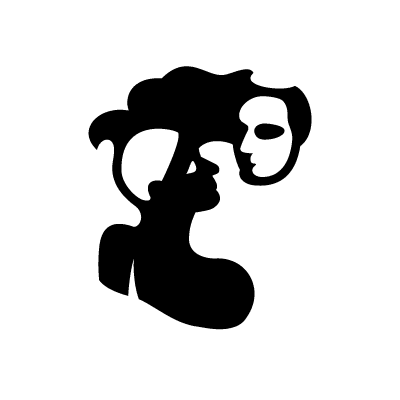
Helga Deen
Helga Deen (1925-1943) was a Jewish girl who wrote a diary while in Camp Vught where she was interned. In this diary, she talks about her daily life in the camp. She was murdered in Sobibor. Her diary was eventually published in 2007. There is also a statue in Tilburg in memory of Helga Deen, created by Margot Homan in 2010. Further information / and more
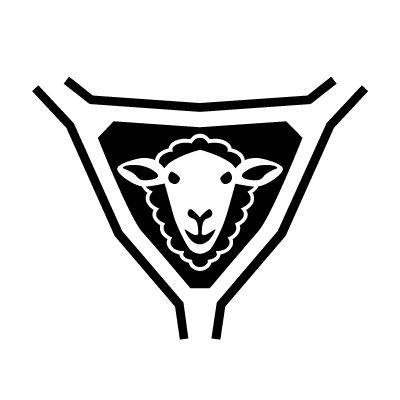
herdgang
The map of Tilburg has many triangular shaped areas. These are called ‘herdgangen’. In the Middle Ages, sheperds gathered their sheep into these places during the night. Further information
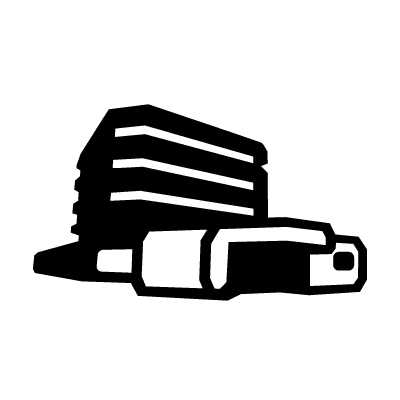
het blauwe gebouw
Het blauwe gebouw (the blue building) was designed by architect Jac van Oers in 1977 as an office for the social service department. It has always remained a controversial building admired by some and disgusted by others. Further information
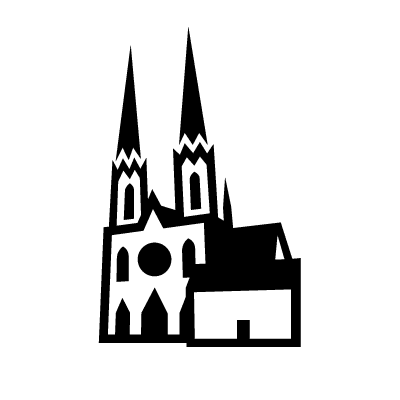
Heuvelse kerk
A church located at the central suare De Heuvel. Built between 1872 and 1889 following a design by Hendrik Jacobus van Tulder. Further information
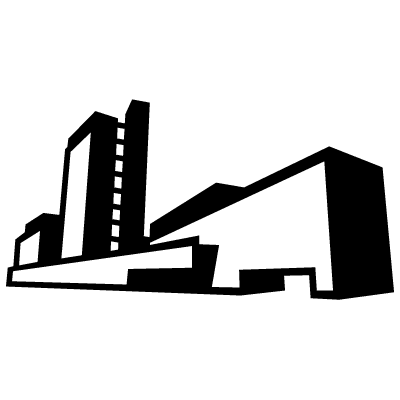
Interpolis
The insurance company Interpolis was established in 1969, as a merger of several catholic farmer’s organisations. In 1990, it became a part of the Rabobank, and since 2005, of the Achmea insurance company. This distinctive building was designed by Pieter Bonnema. Further information / and more
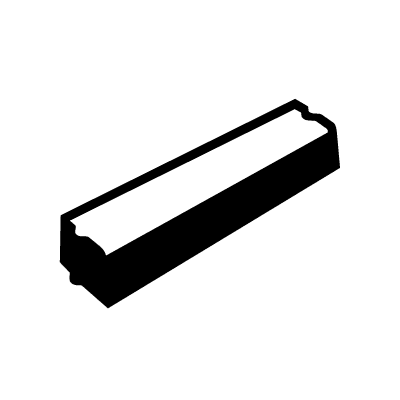
kaajbaand
‘Kaajbaand’ is the dialect word for a curbstone. This icon was donated to the Straat Foundation that organises events related to specific Tilburg streets.
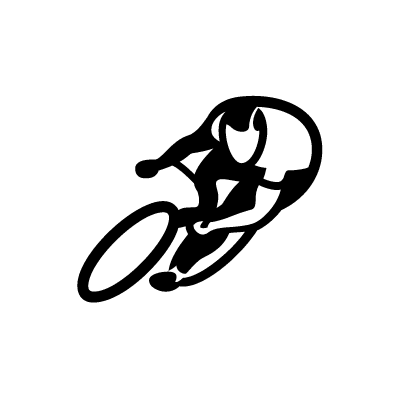
Kanonbal
Kanonbal (Cannonball) was the nickname of Jan Pijnenburg (1906-1979), a legendary cyclist. He won many cycling events. Afterwards he exploited the pub Old Dutch located on the Korte Heuvel. Further information
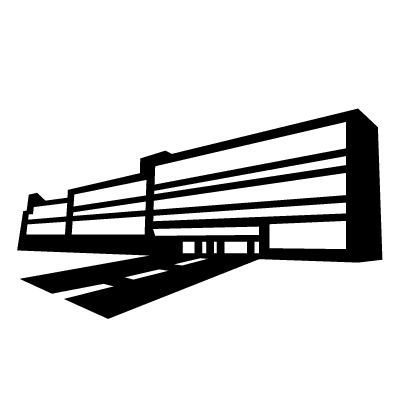
Katterug
Characteristic post war building in the city center, designed in 1964 by the architects Van den Broek and Bakema. Further information

kenaol
‘Kenaol’ is the dialect word for a canal. The Wilhelmina canal was digged in 1923 and embraces the north and east side of the city. It is used for professional shipping but also for recreation. There are several rowing clubs who use the shared start and finish building. Further information and more
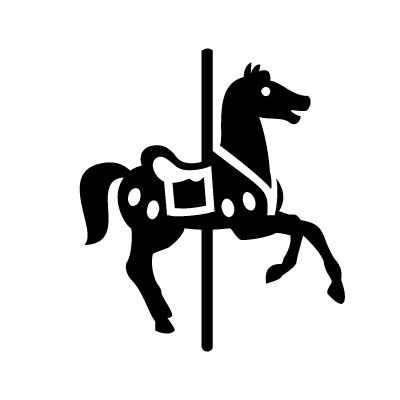
kermis
In the third week of July, the largest fair of the Benelux takes place in Tilburg over a 10 day period. A famous and popular feature is Pink Monday, when homosexuality is the central theme of the fair. Further information
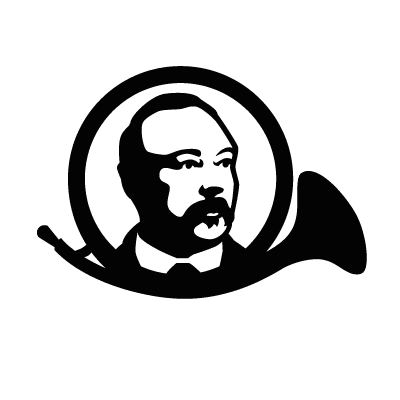
Kessels
From 1886 until 1955 a great range of musical instruments was made in the factory of Mathieu Kessels. Not only brass and wooden wind instruments, but also pianos, string instrument and percussion. The heritage of the factory is kept at the Stichting Muziekinstrumentenmakersmuseum. Furhter information
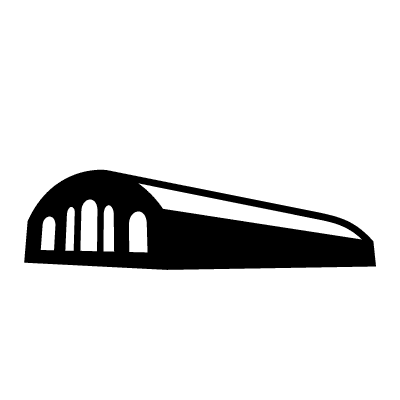
koepelhal
The ‘koepelhal’, a domed roof building, was built in 1902 as part of the train repair factory ‘Den Atelier’. After the factory moved in 2012, the characteristic building has been used for large events and presentations. Further infromation
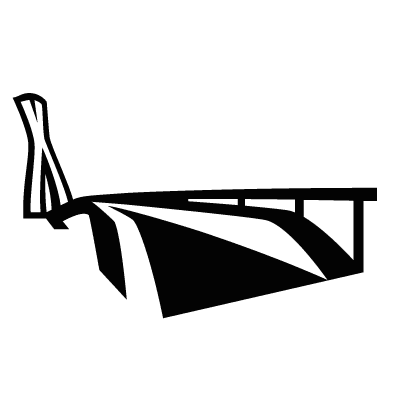
Konijnenoren
When the Burgemeetser Letschertweg was constructed an accompanying ecoduct was built so animals can cross the Wilhelminakanaal. Thanks to the characteristic pillar this ecoduct is called 'Konijnenoren' (Rabbit's ears). It was desigend by Queeste Architecten. Further informationa

Koningshoeven
The abbey of Koningshoeven is an old monastery. It has a brewery that is famous for its ‘La Trappe’, a delicious Trappist beer. Further information
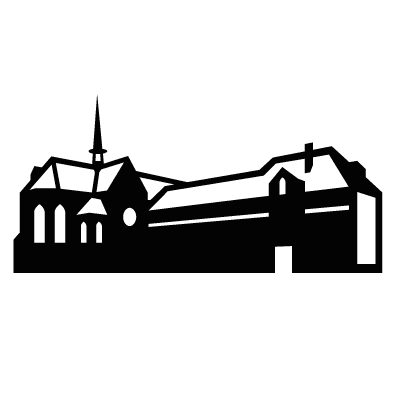
Koningsoord
This former Trappist monastery is turned into an appartment building combined with a social and cultural center. Further information
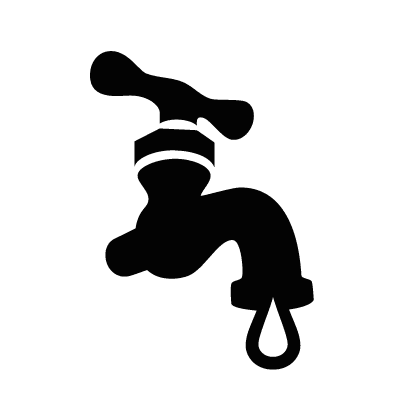
kraanwater
The Tilburg tap water
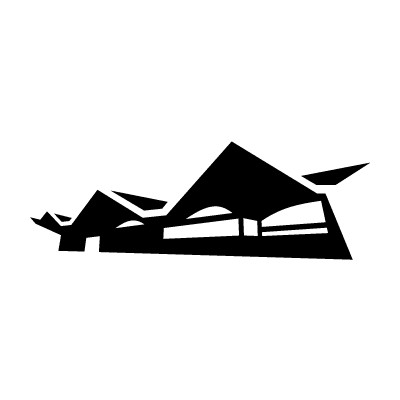
kroepoekdak
Tilburg Central Station has a unique roof nicknamed ‘kroepoekdak’ (prawn cracker roof) due to it’s unusual shape. It was designed by Dutch architect Koen van der Gaast, and built in 1965. In 2015, it became a National Monument. Further information
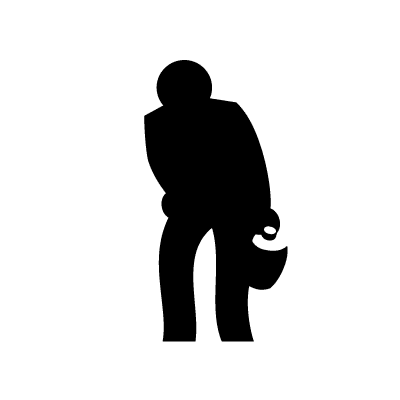
kruikenzeiker
For a long time Tilburg was a textile city. The urine of the inhabitants was collected in jars to be used for the treatment of fabrics. That is why citizens of Tilburg are nicknamed ‘kruikenzeikers’ (people who piss in a jar). Further information

Lindeboom
Since the 16th century, a very large linden tree has graced the main square ‘De Heuvel’. When the tree was cut down on April 27, 1994, a young shoot from the original growth was discovered. Further reading
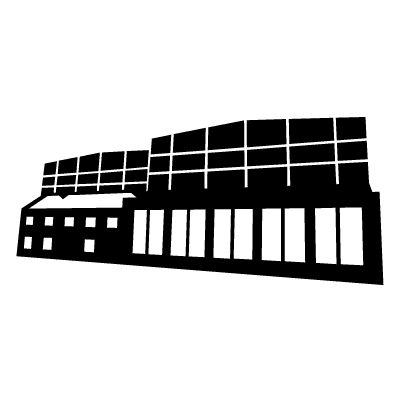
LocHal
The locomotive hall is a former train repair building, established in 1932. It is located in the so called Spoorzone, that's being turned into a modern urban area. The city library and several cultural organisations will be housed in the Lochal in 2018. Further information and more
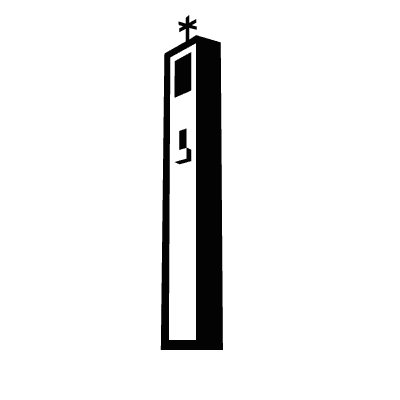
Lourdeskerk
This church was designed by Jos Schijvens and built in 1965. A big part of it was destroyed by fire in 2007, only the tower reamined. Further information / and more
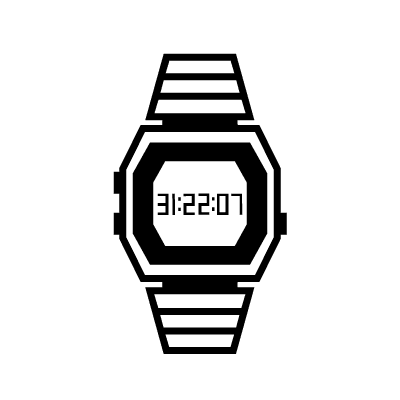
lozzie
The Dutch word for wrist watch is ‘horloge’. In the typical Tilburg dialect this is abbreviated to ‘lozzie’. Further information / and more
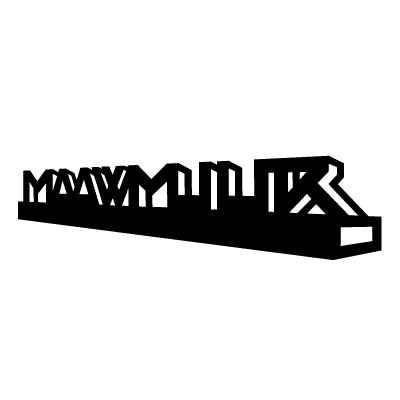
Maawmuur
The Maawmuur (Wall for Complaints) was made in 2012 by the artist Miranda Poel together with architect Ad Roefs. Two red post boxes are attached to the wall where inhabitants can leave their complaints that are published on the Maawmuur website. Further information
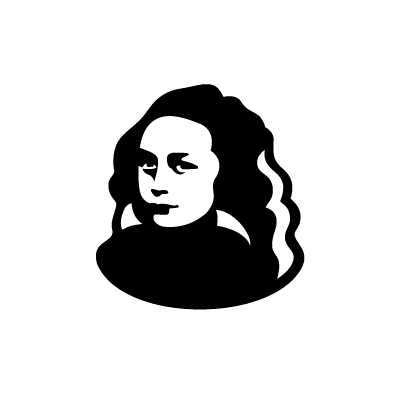
Marietje Kessels
Marietje Kessels was only 11 years old when she was murdered. In 1900, her dead body was found in the church of the Holy Heart in the city centre of Tilburg. The murderer was never found. In 1990, the Marietje Kessels Project was started to increase awareness of social empowerment for children in primary schools. Further information
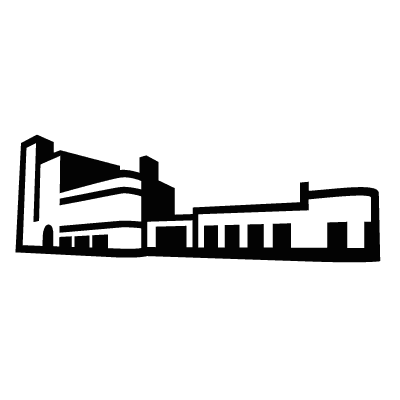
meelfabriek
This former flower factory at the Piushaven was designed by architect Jos Schijvens in 1935. Recently the building became a beer brewey named Stadsbrouwerij 013. Further information / and more
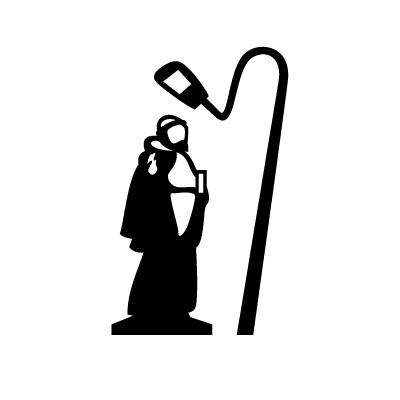
Miracle
The Czech artist Kristof Kintera made a winding lamppost that highlights one of the statues that encircle the cemetery at the Bredaseweg. Further informationr and more
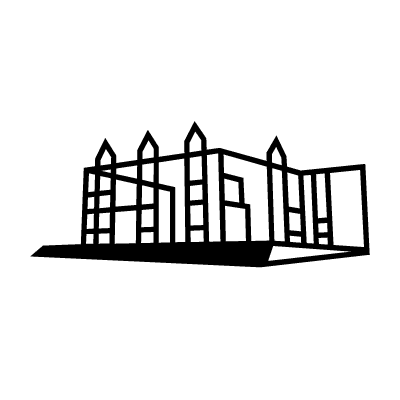
Moerenburg
East of Tilburg is a rural area called Moerenburg. Named after the Moerenburg mansion, it was situated here until it was demolished in 1750. In 2011, a steal construction was made representing the contours of this historic building. Further information / and more
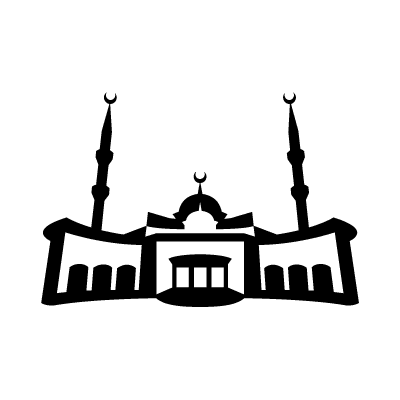
moskee
At the intersection of the ring shaped road and the Wandelboslaan is a mosque that was built with the aid of the Turkish community in Tilburg. It was designed by Bert Toorman and Hilmi Sahin. Further information / and more

Mundial
Since 1987, the Festival Mundial has been an annual summer event that highlights world music. Originally, the Leypark was the preferred location for Mundial, but in 2013, it was moved to the city centre of Tilburg. Further information

Muurpartituur
An art work, made by Henk Eikenaar in 1999 in the Gotenpark. It consists of a waving wall with a length of 300 metres with small coloured windows that refer to a mediaeval music score. Further information / and more

Natuurmuseum
The natuurmuseum is an educational museum about nature and wildlife. It was established in 1935. Since 1985 it is located at the Spoorlaan in a former mansion of the clothier Pollet. Further information
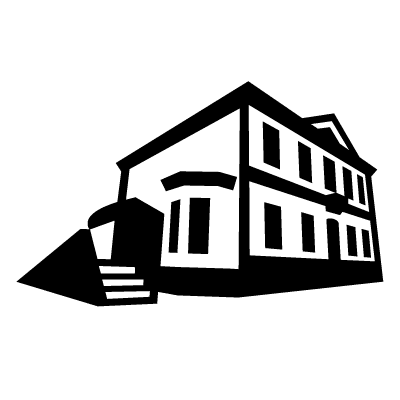
NWE Vorst
The NWE Vorst is a theatre housed in a mansion in the Willem II street that was built in 1870. Further information and more

Oliemeulen
This oil mill was built in 1648. Since 1987 it's the home of a small zoo with many exotic reptiles and amphibians. Further information
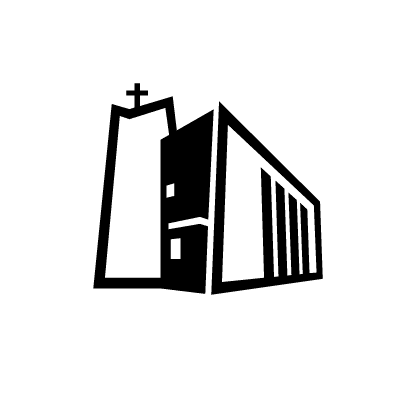
OLV ter Nood
During World War II the city of Tilburg remained relatively unscathed. Out of gratitude, the Tilburg community built a chapel in honour of the Virgin Mary. It was designed by Jos Schijvens. In 2015, the chapel became a National Monument. Further information
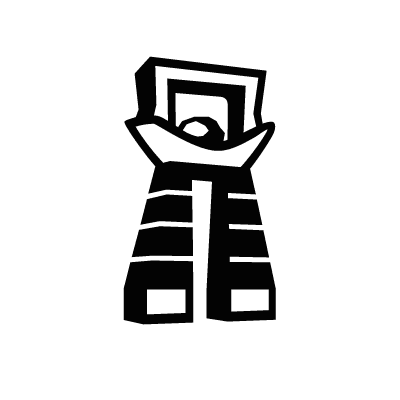
Ontstaan
'Ontstaan' (genesis) is an art work made in 2004 by Wijnand Zijlmans at the roundabout Reeshofweg-Koolhovenlaan. It weighs more than 18.000 kilos and has a height of about 4 meters Further information
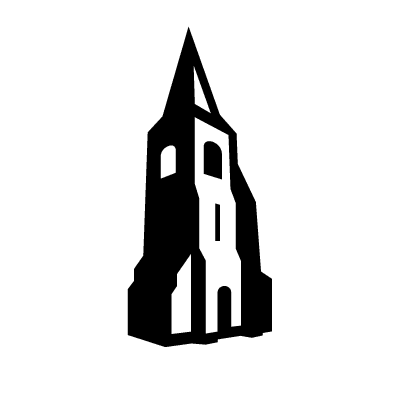
Oude Toren
The Oude Toren (Old Tower) is a building located at the Torenpad in Berkel-Enschot. It was part of the former St. Michael church. The first mention of teh tower dates from 1463. Since 1960 it's a chapel for the Virgin Mary. Further information
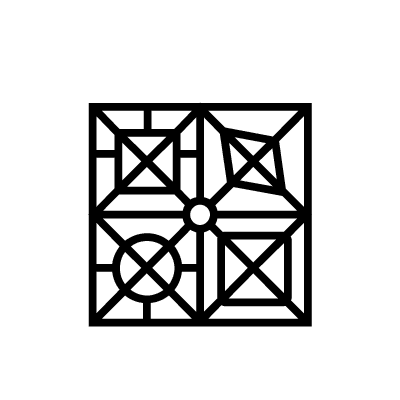
Oude Warande
In 1712, Willem van Hessen-Kassel ordered the construction of a park in the Versaille style. The Oude Warande is thusly a star shaped forest. Between 1938 and 1973, a zoo was located here. Since 2000, several fine arts expositions have taken place in the forest, organized by the Fundament Foundation. Further information / and more

paleis
King Willem II built this residence in 1847. In 1865, the building became the housing for the Rijks-HBS Koning Willem II, the first public secondary school in Tilburg. In 1931, the royal family donated the building to the city of Tilburg. Currently, it’s a part of the town hall. Further information
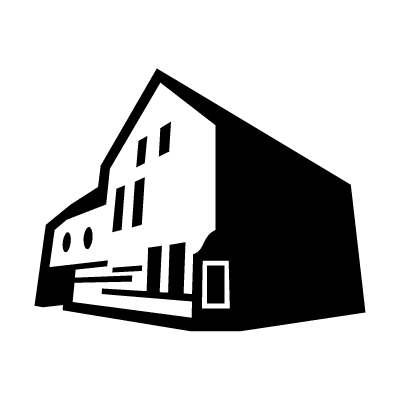
Paradox
In 1985, the musical stage Paradox was established. It is famous for not only its jazz concerts, but also for blues, world music and improvisation, which are all included in its program. Further information
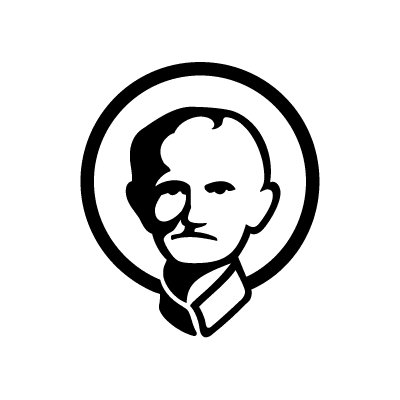
Peerke
Petrus Norbertus Donders, nicknamed ‘Peerke’, was born in Tilburg in 1809. In 1842, he left for Surinam to work as a priest among leprosy patients. Peerke died in 1887, and was buried in the Peter and Paul Cathedral in Paramaribo. In 1982, he was beatified by pope John Paul II. Further information
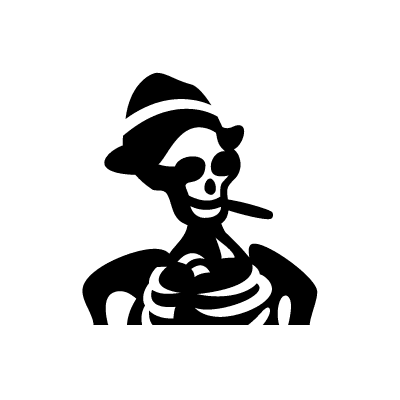
Piet Stams
Piet Stams was a vagabond, living in the beginning of the 20th century. When he got ill he payed the doctor's bill by promising him to donate his skeleton after his death. The skeleton has been exposed in the doctor's office for many years. Now it's part of Museum de Dorpsdokter in Hilvarenbeek. Further information and more.
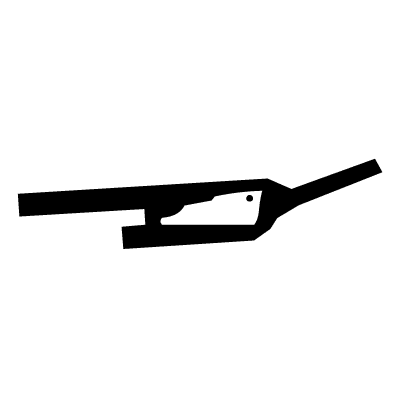
Piushaven
Tilburg’s Pius harbour was officially opened in 1923. In the 1960’s, its economic importance dwindled and the surrounding area deteriorated. It’s currently being upgraded, with the intention of becoming a new local hot spot. The Love Boat, an art installation with 7,000 led lights, was launched in 2016. Further information

polygonale hal
This polygonal building was built in 1937. It has functioned as a train repair station with a revolving platform. Future plans include transforming it into a restaurant and grocery store in 2017. Further information / and more

Quukske
Tilburg dialect word for a cookie
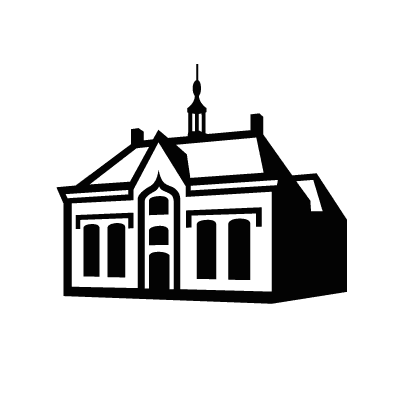
Raadhuis Udenhout
Raadhuis Udenhout

Reeshof
This district, located at the west side of Tilburg, is named after the mansion ‘Rey’s Hof’. Since 1980 many houses have been built here. Nowadays about 50.000 people are living in the Reeshof. In the central parc a fence marks the place where the mansion was located. Further information
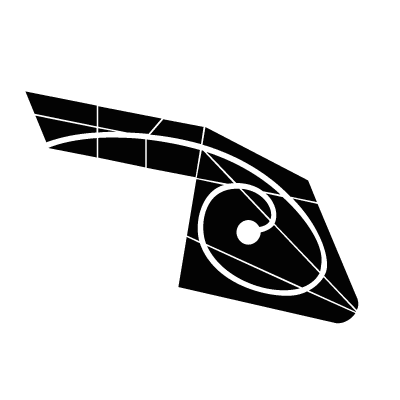
Reeshofpark
Parc in the center of the Reeshof quarter, designed in 2000 by Frank van Vliet. In the parc there's a walkway, named the L'hotellier path, that has a spiral shape, inspired by the Fibonacci sequence. Further information
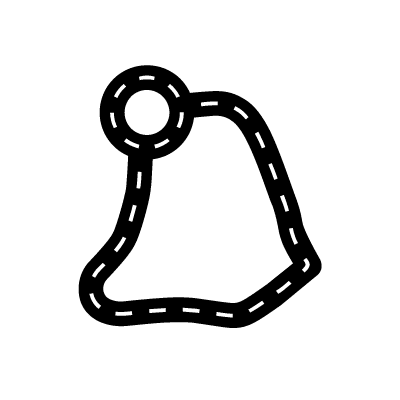
ringbaan
The ring shaped road of Tilburg has a length of 13 kilometers. It was originally developed by Ir. Johan H. E. Rückert in 1917, but it wasn’t until 1959 before the project was actually realised. Further information

Roadburn
Roadburn is an annual festival for stonerrock, doom, psychedelica and avant-garde metal. Further information
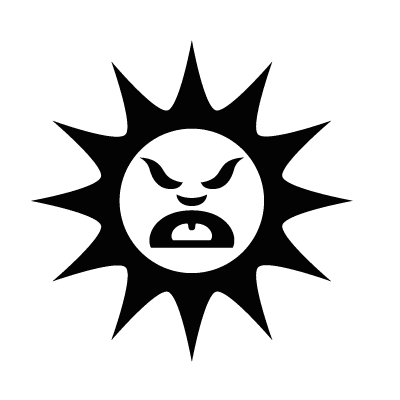
schèène
'Schèène' is a dialect word, meaning 'to shine' as well as 'to curse'.
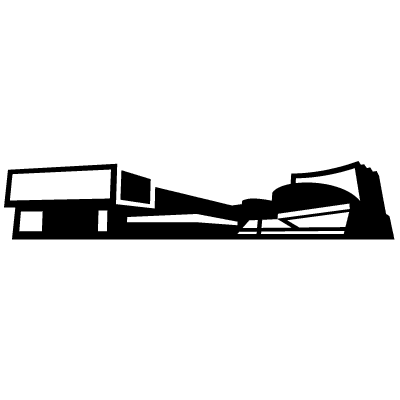
schouwburg
The theatre of Tilburg was designed by Bijvoet en Holt architects. It was built in 1961. In 2015, it became a National Monument. Further information
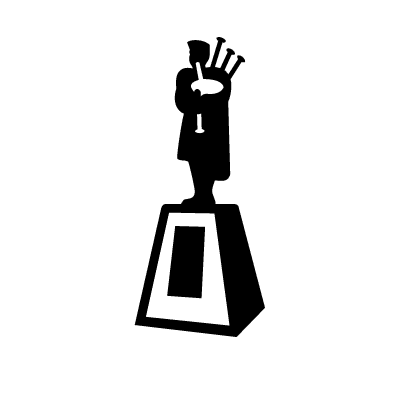
Scottish Division
On October 27, 1944 the city of Tilburg was liberated from the nazi regime by armed forces from the allied countries. An important role was played by the 15th Scottish Division. A bronze sculture, named ‘Bagpiper’ was made in 1989 by the artist Frans Broers to honour these men. In 2017 the statue was moved to the Vrijheidspark. Further information
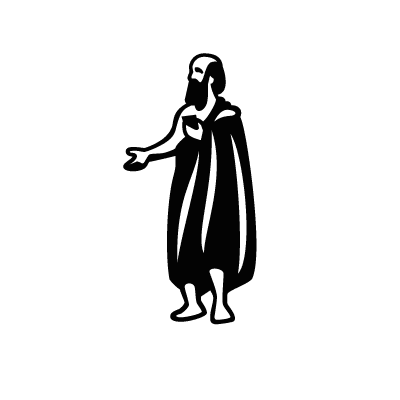
Sint Job
In the Caecilia church in Berkel-Enschot there's a statue for Saint Job. On the second (or third) Sunday in May people gather here for the Saint Job pilgrimage. Further information

Sky Mirror
In 2017 Museum De Pont celebrated its 25th anniversary. At this occasion the art work 'Sky Mirror (for Hendrik)' made by Anish Kapoor, was unveiled. Further information
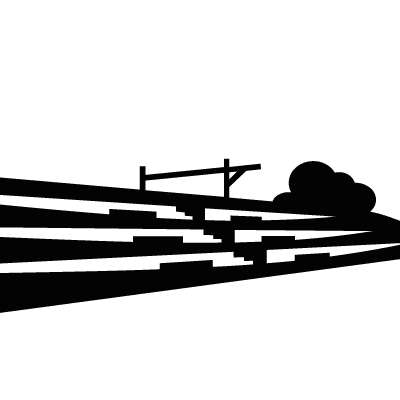
Spoorpark
In the period 2018-2019 a versatile parc measuring 7,5 hectares was made on the former location of the transportation firm Van Gend & Loos. Further information

Stranger than Paranoia
'Stranger than Paranoia' is a yearly jazz festival in the period between Christmas and New Year. It was organised for the first time in 1993 at jazz stage Paradox. Organiser and programmer of the festival is the renowned jazz saxophone player Paul van Kemenade. Further information
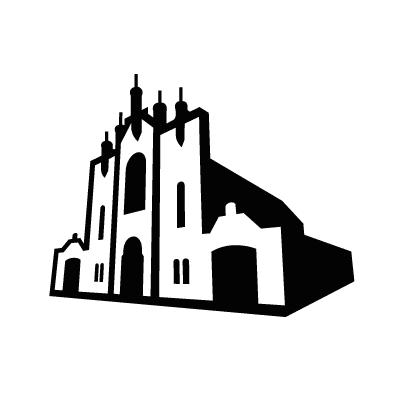
synagoge
The synagogue in the Willem II straat.
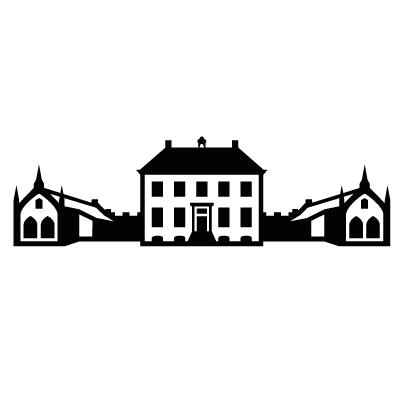
Strijdhoef
The Strijdhoef is a castle in Udenhout, built in 1761. It has a special room, decorated with wall painting by Dirk Dalens III from 1742 that were transported to the Strijdhoef in 1787. The Strijdhoef is a national monument. Nowadays it is among other things used as a wedding location and the residence for Sinterklaas during his yearly visit to the Netherlands. Further information
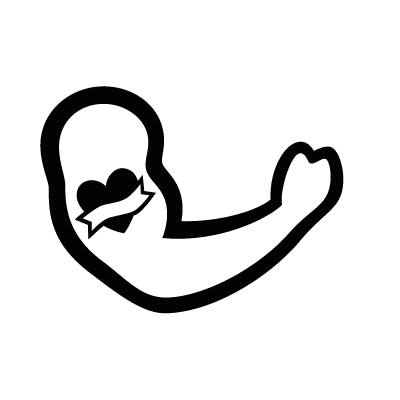
taatoo
'Taatoo' is the Tilburg dialect word for tattoo. It is written almost the same as in english, but pronounced in a different way (ta-tow)
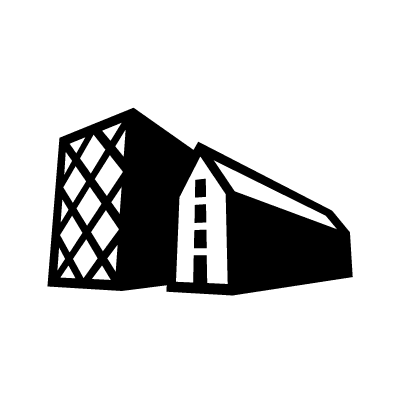
Textielmuseum
For a long time Tilburg has been a textile city, but after the 1960’s, many factories were relocated to foreign countries. The Textielmuseum, established in 1958, moved to a new location in a former textile factory at the Goirkestraat in 1985. In 2008, a new modern building was added, incorporating both glass and steel. This building was designed by Cepezed. Further information / and more

Tilburg Ten Miles
The Tilburg Ten Miles is an annual international running event with thousands of participants. Further information

Tilburgse Revue
The Tilburgse Revue is a theatre and music showpiece based on the Tilburg history and community. Since 1986, every two or three years a new piece is written and performed. The 13th edition in 2018 contained a scene dedicated to TilburgsAns. Further information

Tilt
Tilt is an annual literary festival. As part of the festival’s traditions, a writer in residence resides in Tilburg, and creates a short story inspired by his or her experiences in the city. Further information

Trappers
The Tilburg Trappers, the local icehockey club, was founded in 1938, and won many national championships. Since 2015, the Trappers have taken part in the German Oberliga competition. They won the championship in the 2015-2016 season. Further information
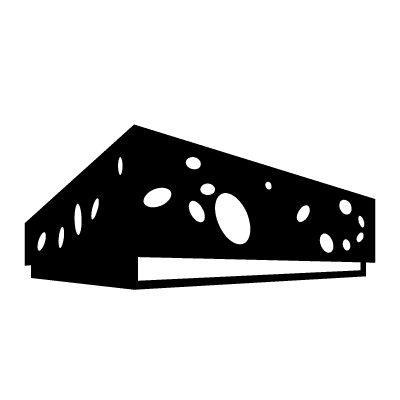
T-kwadraat
T-kwadraat is a multifunctional sports centre in the south of Tilburg. It was designed by Bo.2 Architects and Van Hoogmoed Architects. Further information /and more
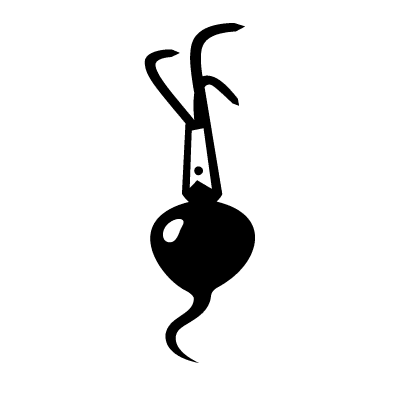
Ut Rooie Bietje
‘Ut Rooie Bietje’ (the little red beet) is an organic horticulture, established in 1981. It's a social project where people can gain work experience. There's a shop where vegetables and fruit are sold. Further information
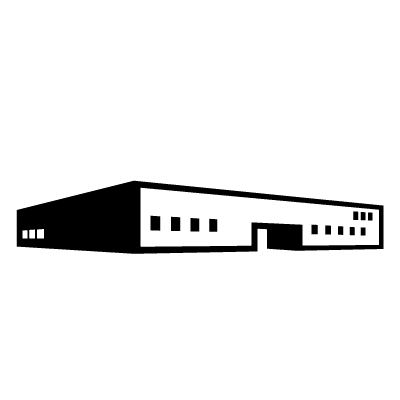
universiteit
Tilburg University was founded in 1928, as the Roomsch Katholieke Handelshoogeschool. The university is centred around social and economic science. The Cobbenhagen building was designed by Jos Bedaux, and became a National Monument in 2015. Further information
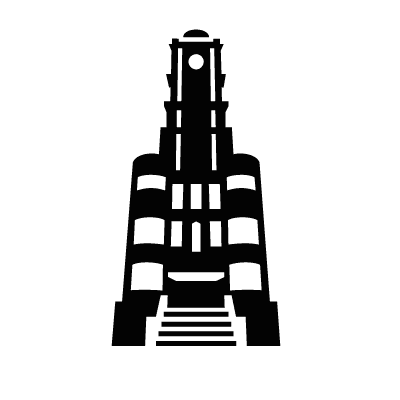
Vincentius
Huize Vincentius is a national monument in Udenhout, a former school of the Daughters of Mary and Joseph that later became a healthcare institution. A part of the building will be turned into appartments. The impressive entrance has been a watertower. Further information / and more
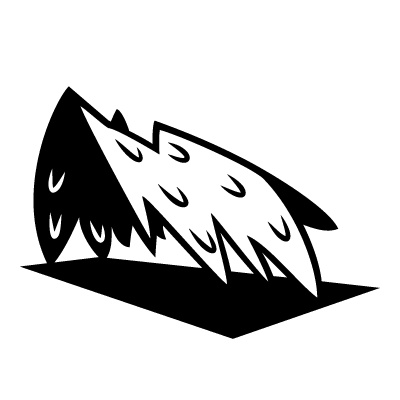
Vleugels
‘Vleugels’ (Wings) is an artwork made by Tine van de Weyer in 1987 for the Amarant Foundation. Located at the corner of the Bredaseweg and Academielaan. It's a symbol for freedom and independence. Further information
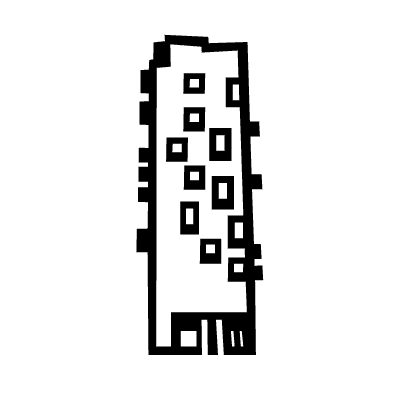
Vogelkooikes
‘Vogelkooikes’ is the nickname of the appartment building De Stadsheer located at the Spoorlaan. It was designed by EGM Architects and was opened in 2007. Further information and more
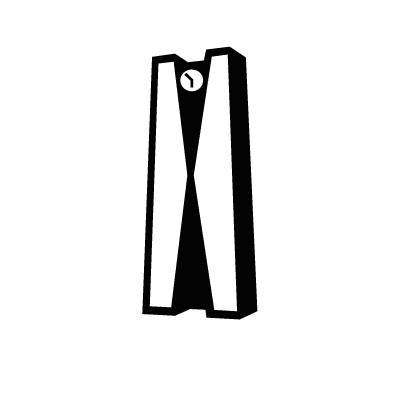
Wasknijper
Next to the train station there's a monument commemorating the victims of World War II. The art work contains a carillon and is popularly called 'Wasknijper' (Clothes peg). Further information
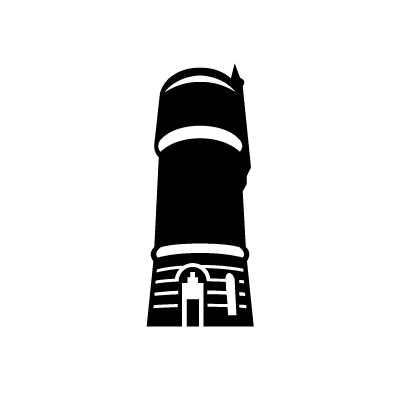
watertoren
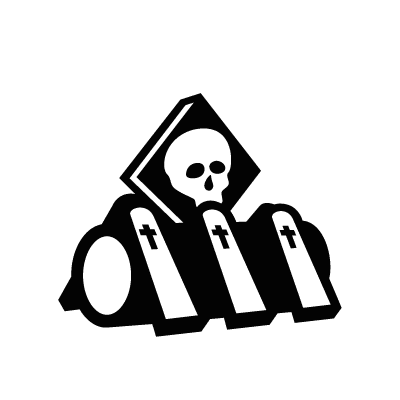
wèpke
A wèpke is a wooden piece of folk craft. In former days it was placed at the front door of a house where someone had passed away. Some examples have been saved and are part of the collection of Stadsmuseum Tilburg. Further information
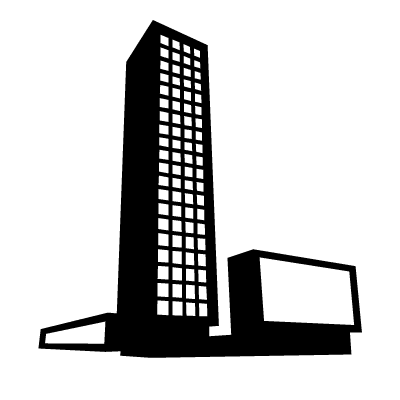
Westpoint
The highest building in Tilburg is called Westpoint, and has a height of 140 metres. This apartment complex was designed by Van Aken Architecten, and was built in 2004. Further information / and more

wevershuisje
A typical house where weavers were living

wietzolder
The 'wietzolder' (cannabis loft) was TilburgsAns's secret icon. It was revealed when mayor Peter Noordanus resigned in September 2018. He was known as a crime fighter who wanted to get rid of these illegal lofts. In TilburgsAns the loft can be cleaned by typing the letter 'x' behind the icon 'wietzolder'.
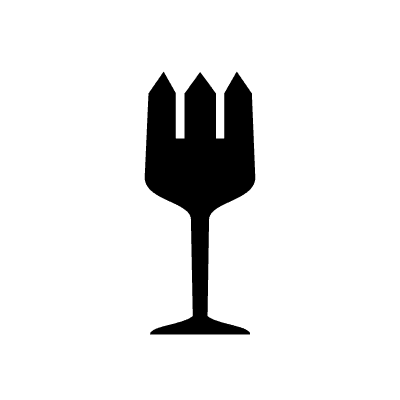
wijnstad
Many wine import companies were traditionally located in Tilburg. Since 1985, this is celebrated with an annual event called ‘Tilburg wine city’. Further information
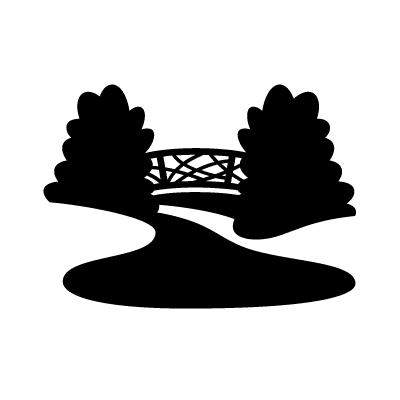
Wilhelminapark
The Wilhelminapark was designed by Leonard Springer in 1898. It is situated in the old north part of the city between the Veldhovenring and Gasthuisring. Further information
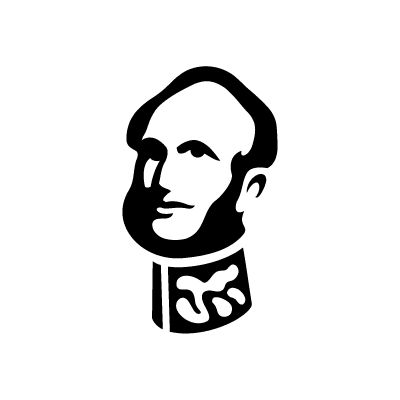
Willem II
King Willem II (1792-1849) liked to stay in the city of Tilburg. In 1847, he built a personal residence, which is currently a part of the town hall. Tilburg also has a secondary school and a football club that are named after him. Further information
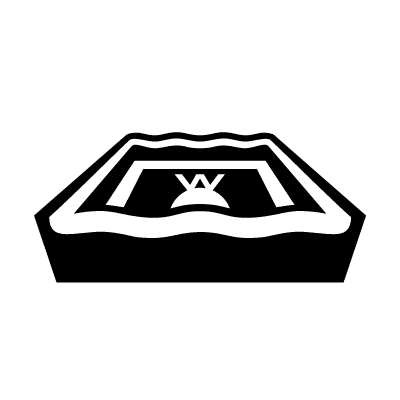
Willem II stadion
The Willem II football club was founded in 1898. In 1955, Willem II became the national champion in the professional league. In 1999, the team played in the european Champions League. The current stadium was built in 1995, and can accomodate up to 14,500 people. Further information
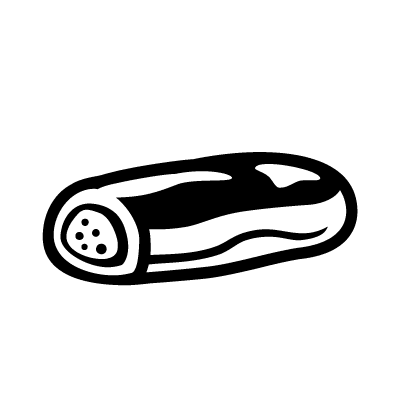
worstenbroodje
This sausage roll is a typical local snack. In March 2016, the ‘worstenbroodje’ was added to the UNESCO list of intangible cultural heritage. Further information

Zandpoort
In september 2019 this work of art was built in the Reeshof area near the Wilhelminakanaal. Further information
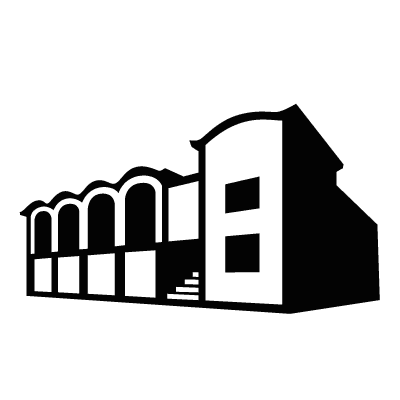
zuivelfabriek
This former milk factory 'Saint Isidor' was built in the beginning of the 20th century. In the fifties a new factory was built and this building got a new destination. Untill 2017 an educational centre for dance and music was located here. At this moment a super market is housed in the building. Further information
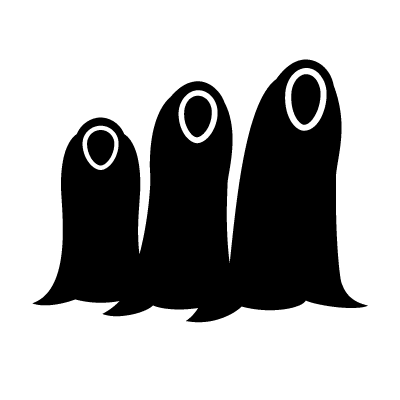
Zusters in staal
The nuns in steel is a sculpture created by Judith Kuijpers in 2009. It was made in honour of the ‘Zusters van Liefde,’ symbolizing the three pillars of their charity work: education, social care and missionary intitiatives. Further information

Zwarte Madonna's
The Black Madonnas, the nickname for these two distinctive apartment buildings, have roofs that are somewhat slanted, resulting in a unique and unusual perspective. The buildings were designed by Jacq de Brouwer, and built in 1998. Further information
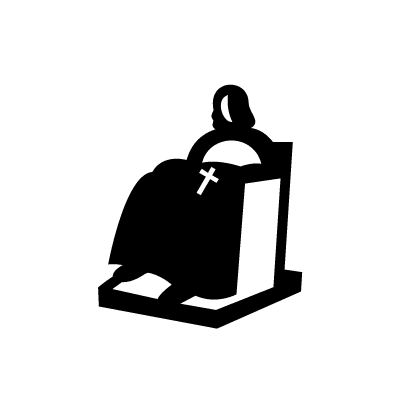
Zwijsen
From 1832 till 1854, Johannes Zwijsen was the priest of the Saint Dionysius church. In 1842, he was consecrated as bishop. He founded two congregations, the Zusters van Liefde and the Fraters van Tilburg; both were active in the field of education. Further information
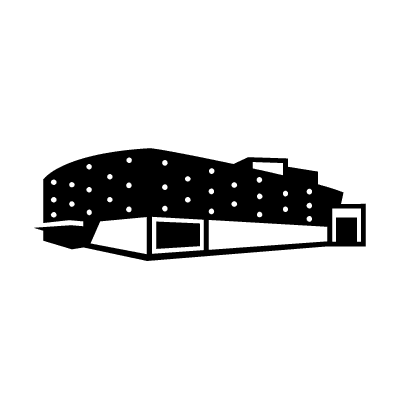
013
The pop stage of Tilburg, called 013, was built in 1998, and named after the prefix that is used in local telephone numbers. Further information




















